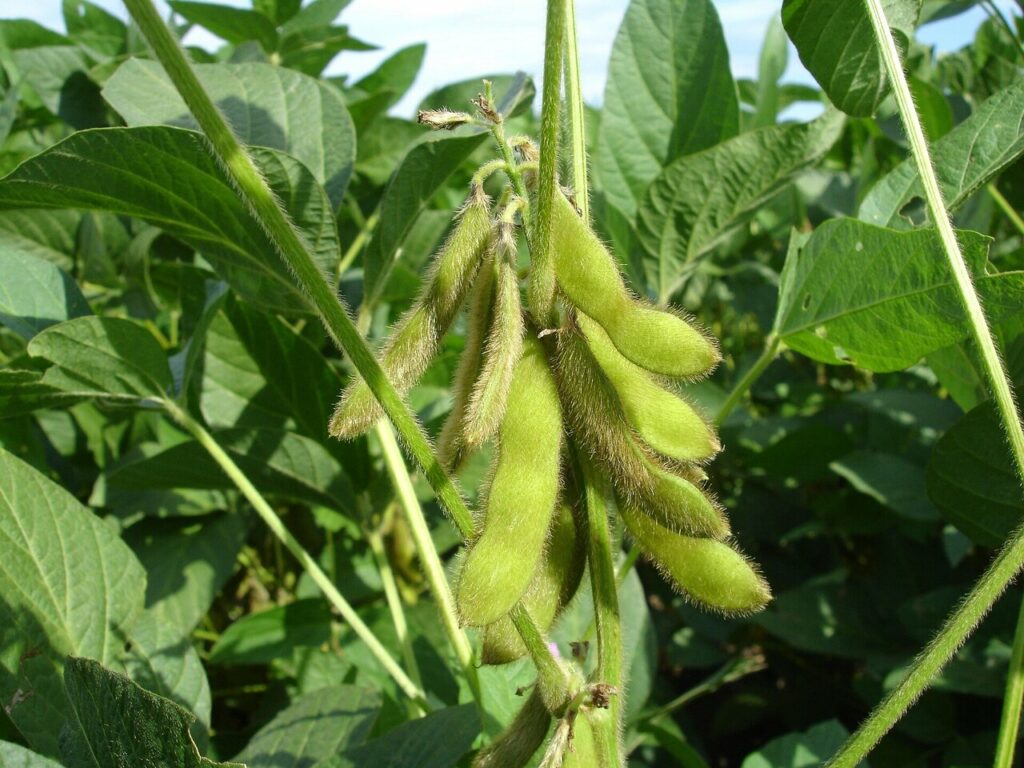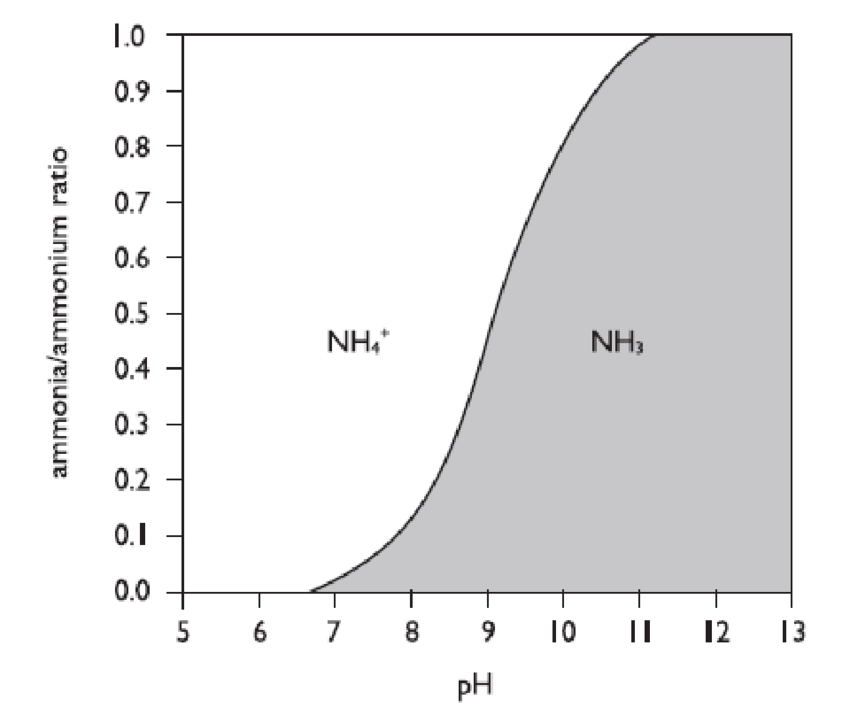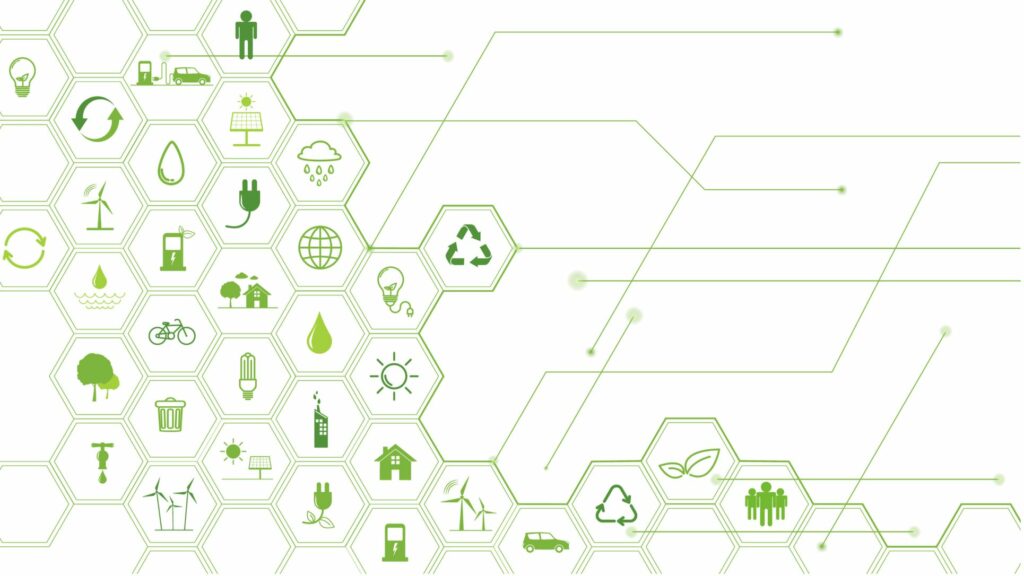A recent study published by Trabue et al. (2021) investigated the effect of lowering the crude protein level in finishing pig diets on the environment and animal performance. Low protein diets have been backed by the Irish and UK Governments as a strategy to reducing ammonia emissions from livestock production. Yet, historically high protein diets were used to achieve high animal performance, producers tend to be weary of reducing the protein level substantially.
Crude protein (CP) provides pigs with essential levels of nitrogen and sulphur required for growth and development. Due to the amino acid profile in commonly used protein sources (Soyabean and Maize), CP levels need to be high to ensure a sufficient supply of essential amino acids. As a result, the excess nutrients are excreted into the manure and anaerobically digested which releases ammonia and other odorous compounds into the atmosphere. To achieve a low protein diet without sacrificing performance, nutritionists will use synthetic amino acids to improve the amino acid supply without excessive soyabean meal or maize.

Trabue et al. (2021) focused on three protein levels (17.6%, 14.8% and 8.7%). The protein levels were achieved through altering the level of soyabean meal and the addition of synthenic versions of lysine, threonine, tryptophan, methionine, isoleucine and valine.
Table 1: Animal performance for 45-d feeding trial of pigs fed a corn-soyabean meal based diet with different crude protein levels
| Protein Level | 17.6% | 14.8% | 8.7% | SEM | P-Value |
| Average Weight (Kg) | 112.1 | 112.9 | 108.3 | 2.4 | 0.49 |
ADFI (Kg d-1) | 2.79 | 2.85 | 2.72 | 0.03 | 0.13 |
| ADG (Kg d-1 ) | 0.74 | 0.79 | 0.60 | 0.02 | 0.01 |
| Gain: Feed (Kg:Kg) | 0.27 | 0.28 | 0.22 | 0.01 | 0.03 |
As shown in Table 1, reducing CP from 17.6 to 14.8% actually results in improved performance with increased feed intake, gain and improved feed efficiency. However, when the CP is reduced further to 8.7% the performance is negatively impacted compared to the high protein diet (17.6%). The 9 point reduction in CP significantly reduces daily gain and feed efficiency. From an economic view, the 9 point reduction is unviable, as pig requires the same level of feeding but will take longer to reach slaughter weight.
Conversely, Teagasc advisors found no apparent influence of CP level on animal performance and when diet cost was taken into account there was no benefit of high CP diets.
“Looking at cost, it is clear that diets with high levels of protein are associated with higher feed costs with no extra benefit.”
Edgar G. Manzanillia & Susan Dudley, June 2017 (Curran, A., 2017)

The benefit to the environment is clearly seen in the graph above. Significant reductions in ammonia concentration in manure and the air is achieved by the 9 point CP reduction. This is due to less nitrogen being excreted into the faeces, which not only means that less nitrogen is available to be volatised but also reduces the pH level of the manure; which reduces the conversion of ammonium to ammonia

Based on this study and historical studies, low protein diets are beneficial for the environment and society by reducing emissions. Animal welfare and stock peoples health will also be improved by the reduced emissions. Depending on the degree of CP reduction, performance can be improved.
References
BRENNAN, R. 2021. CHEMICAL AMENDMENT OF DAIRY CATTLE SLURRY FOR THE CONTROL OF PHOSPHORUS IN RUNOFF FROM GRASSLAND.
CURRAN, A. 2017. TEAGASC ADVISORY NEWSLETTER JUNE 2017.
TRABUE, S. L., KERR, B. J., SCOGGIN, K. D., ANDERSEN, D. & VAN WEELDEN, M. 2021. Swine diets impact manure characteristics and gas emissions: Part I protein level. Science of The Total Environment, 755, 142528.